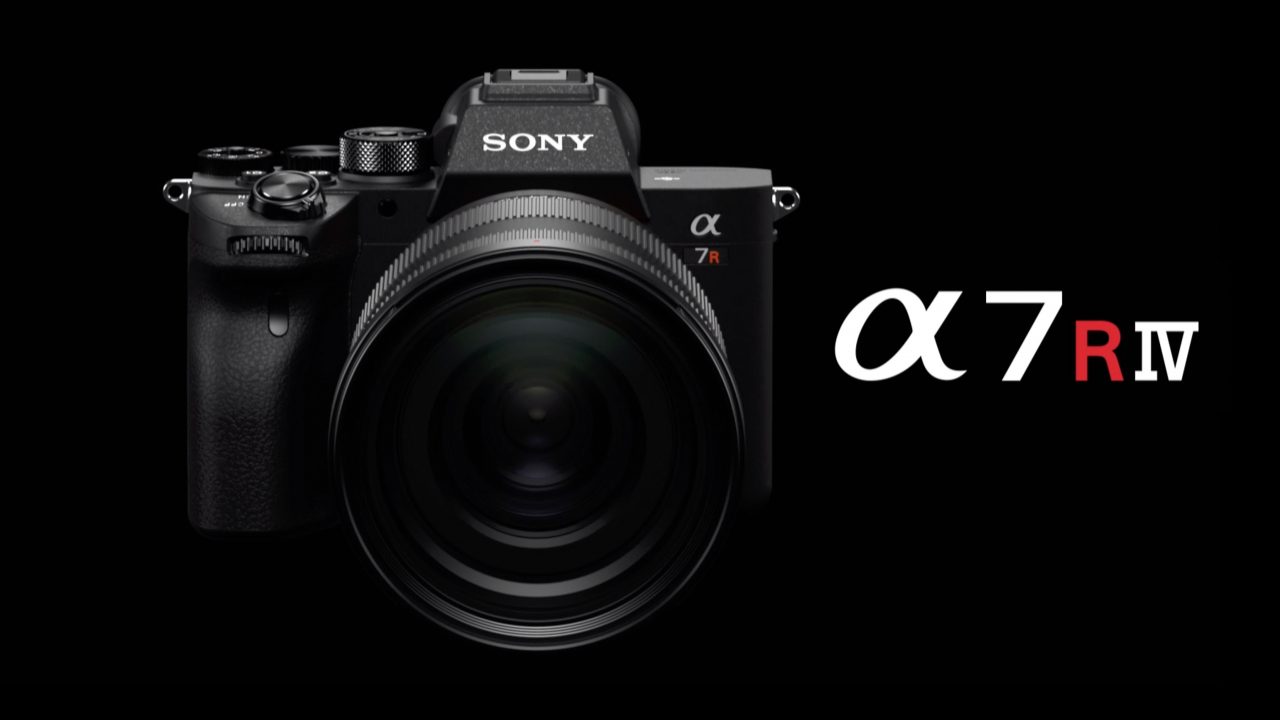Announcements, E-Mount Cameras
Sony announce the 61 Megapixel A7RIV
On Tuesday 16th July 2019 Kenji Tanaka of Sony announced its 61 Megapixel A7RIV mirrorless camera in New York, USA that will go on sale in September 2019 for a price of US $3,500. The camera will be available in Australia at the end of August for AU $5,699.

The A7RIV has been nearly to years in the making (the A7RIII was announced in October 2017). Sony have increased the Resolution to a whopping 61 megapixels (an increase of approximately 40%). Dynamic range and high ISO performance can often suffer with increased pixel density on a sensor, but Sony are claiming 15 stops dynamic range *same as the A7RIII) and excellent high ISO performance for their new high resolution sensor. You would also expect the frame rate and buffer capacity to decrease as the camera has to read and write these significantly larger files. Sony, however, are still claiming 10 frames per second and burst of up to 68 images at the full resolution. It seems we can have it all and we can have it now (September).
Key points for the new R camera are:
- World’s First 35mm Full-Frame 61.0 Megapixel Image Sensor
- APS-C Mode of 26.2 Megapixels
- Real Time Eye AF Tracking (as seen on the A9 and A6400 cameras but now also for movies) + Monitor Touch Tracking
- Dual UHS-ll Card Slots
- Exposure Compensation Dial Lock and redesigned Rear Dial
- Upgraded Grip + Dust and Moisture Resistance
- Multi Interface Shoe with Digital Audio interface
- 5.67 million dot UXGA OLED Viewfinder (1.6X higher than the A7RIII)
- 15-Stop Enhanced Dynamic Range (same as A7RIII)
- 5-Axis Optical In-body Image Stabilisation (optimised for higher resolution sensor)
- 10 fps shooting with Full AF / AE Tracking and large buffer for Shoot up to 68 images continuously (seven second bursts in Full Frame and three times longer in APS-C mode).
- 567 Phase Detect AF Points, 74% Coverage (nearly 100% in APS-C Mode)
- Faster Data Transfer via USB-C and Wi-Fi
- 4K Movie recording, S-Log2/3, HDR
R for Resolution
For many photographers the 24 megapixel hits a sweet spot that balances adequate resolution together with manageable file sizes during post processing. Lovers of Sony’s higher resolution A7R cameras, however, have gravitated to these cameras because they need higher resolutions for either maximum print sizes or the ability to crop aggressively in post production. For many photographers who were considering medium format, Sony’s new 61 megapixel sensor offers a viable alternative in a much more portable package that includes a larger range of lenses and vastly superior AF performance compared to the Medium Format options. All of the 50 megapixel Medium Format cameras are currently selling for a higher price than the list price of the new A7RIV.
The higher resolution also allows photographers to capture in APS-C mode without sacrificing too much resolution. This allows photographers shooting in APS-C mode to get closer to the action without having to use longer focal length lenses. For users of the full-frame 24 megapixel sensors the use of APS-C mode for movie capture still allows 4K capture but for stills the resolution in megapixels drops to just 10.0 MP. This often poses some issues for photographers wanting to use their images for double page spreads in magazines but don’t have the ability to crop again in post production without going under the resolution the client requires for their needs.

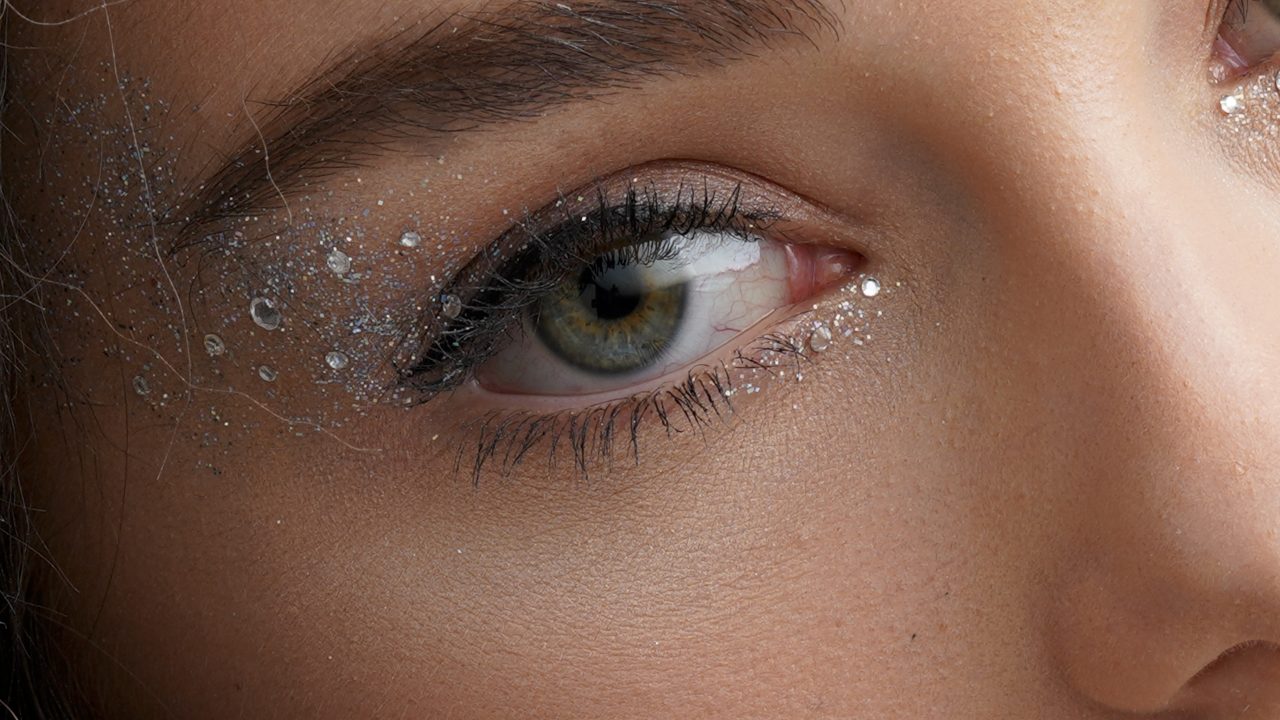
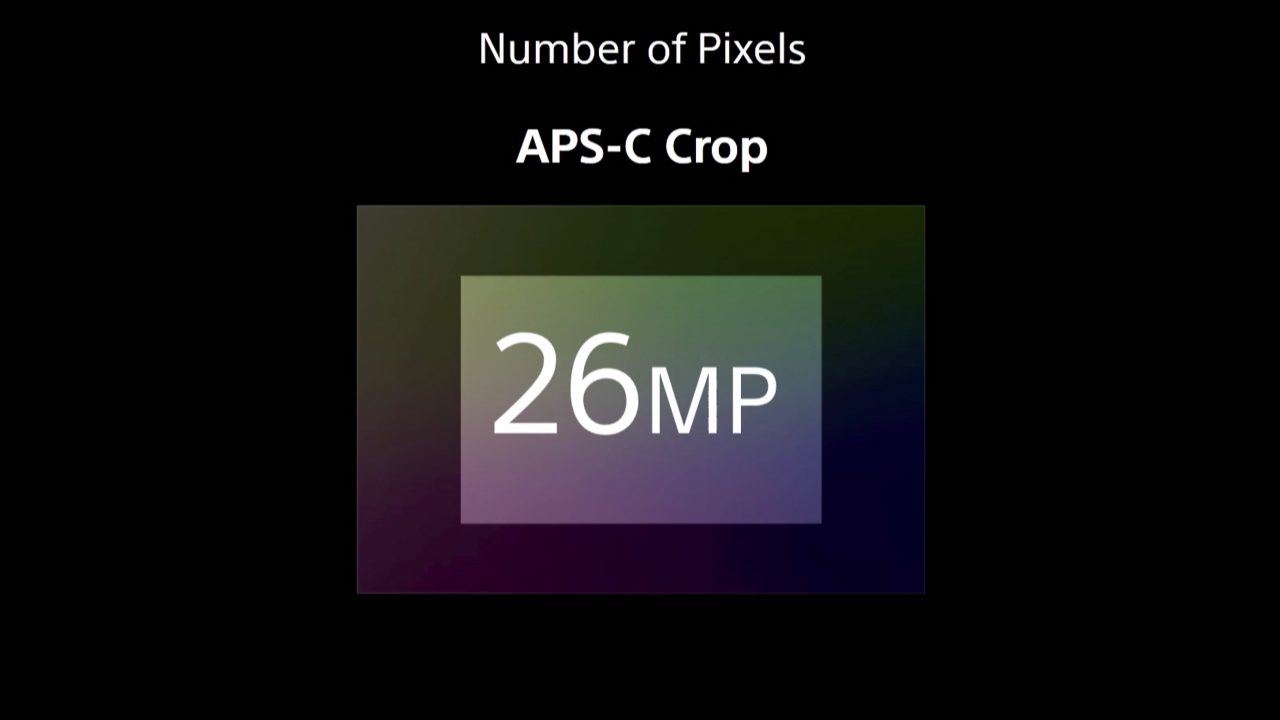
Enhanced Build
Additional enhancements to the body design include an improved grip for greater comfort and a more sure hold within the hand; an increase in the diameter and feedback for the ‘AF-ON’ button; a new multi-selector joystick design for improvised control; an exposure compensation dial lock button; and a redesigned shape and new position for the rear dial. A strong request from many professional users, the new camera also includes two UHS-II compatible media slots, allowing for higher overall capacity and faster read/write speeds.
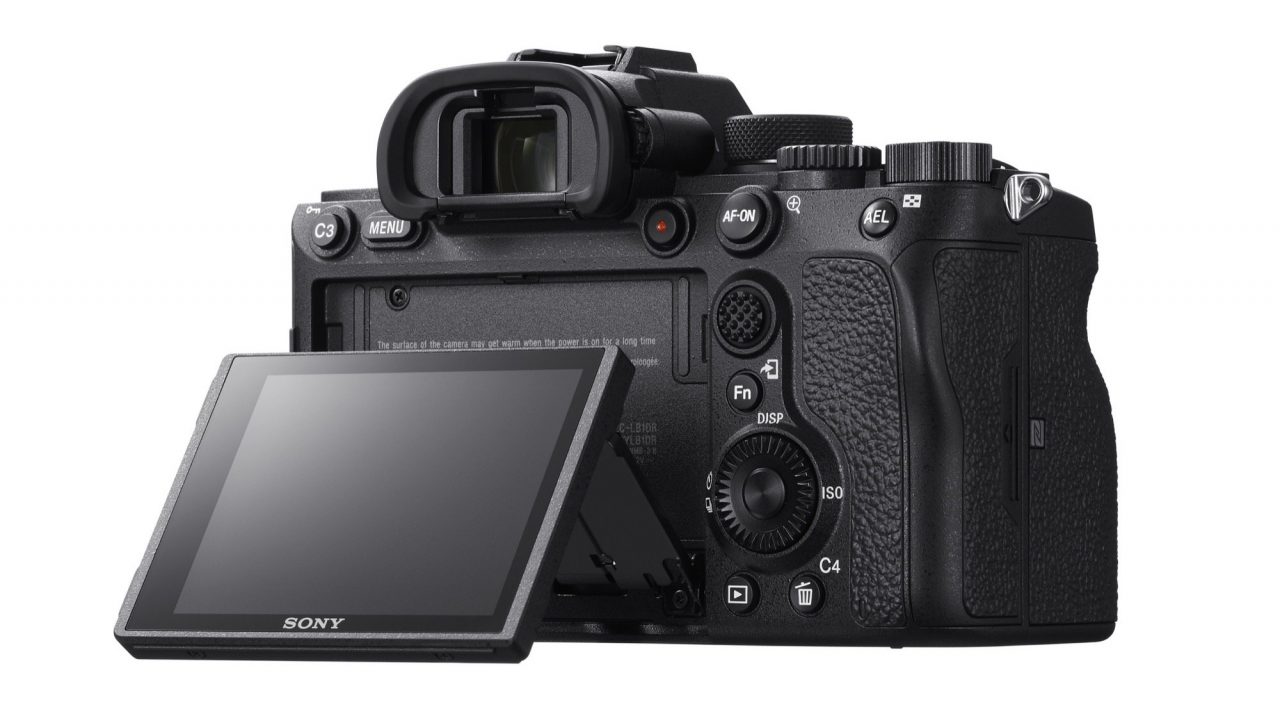
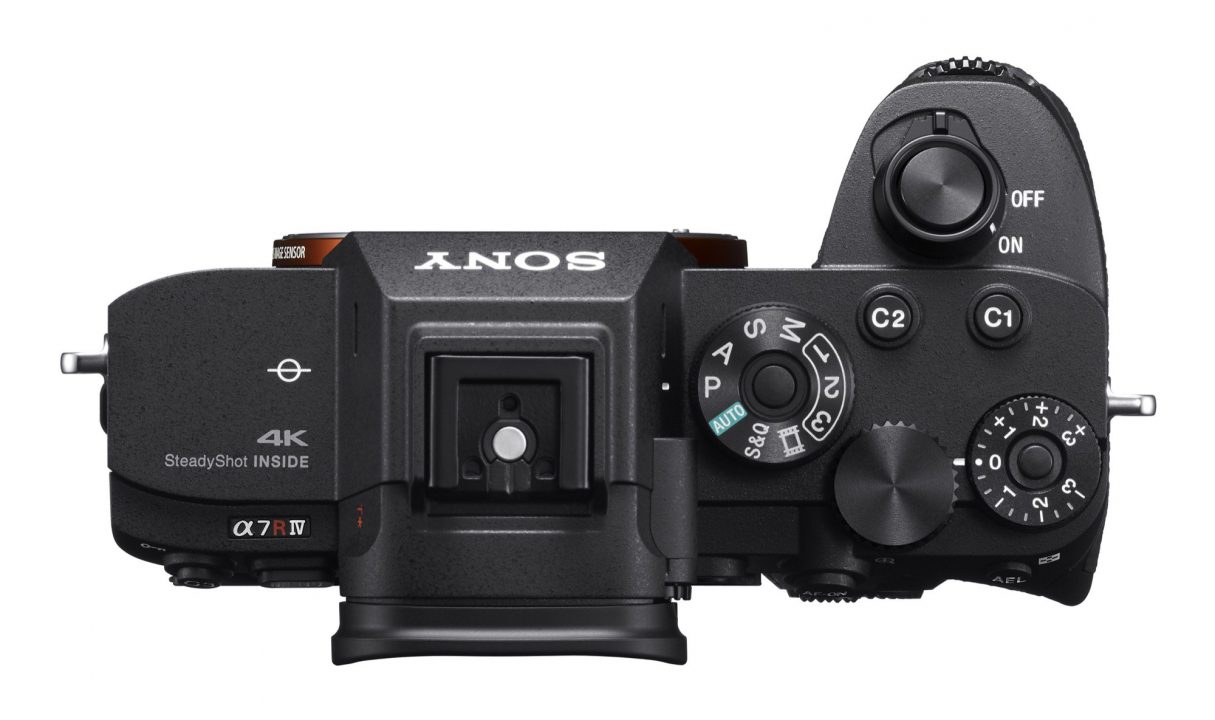
Saved Memories
The ability to save all camera settings to a memory card is a feature that I have personally requested. I am interested to see if this will include Custom keys and Fn menus. Sony’s statement on this reads “For added convenience, camera setting registration is expanded. Now, almost all camera settings can be saved to, and read from, an inserted memory card. Up to 10 combinations can be saved to any individual card and loaded into any camera body of the same model.”
New Accessories
Sony has also released a variety of new accessories to compliment the new Alpha 7R IV camera, including:
- VG-C4EM Vertical Grip – Provides same operation, handling and design as the Alpha 7R IV camera, including upgraded dust and moisture resistance; doubles battery life and allows USB battery-charging via the camera body
- ECM-B1M Shotgun Microphone – Eight high-performance mic capsules and advanced digital signal processing provide three selectable directivity patterns in one compact microphone of approximately 99.3mm (4 inches) in length with Super-directional pick up; when connected to the Alpha 7R IV via its Multi Interface Shoe with digital audio interface support, audio is directly transferred to the camera in digital form so that the highest possible quality is achieved without noise or degradation
- XLR-K3M XLR Adaptor Kit – Two XLR/TRS combo connectors and one 3.5mm stereo mini jack for microphone and line input, with extensive control that helps facilitate the post processing workflow; connected to the Alpha 7R IV via its Multi Interface Shoe with digital audio interface support, audio is directly transferred to the camera in digital form so that the highest possible audio quality is achieved without noise or degradation; supplied extension cable for Audio provides extra flexibility for camera attachment with rig, cage or bracket
- SF-M series TOUGH – Ultra-Tough UHS-II SD card with ultra-fast speed up to 277MB/s (read) is ideal for shooting under severe circumstances, and streamlines the post-shooting workflow; supplied with file recovery software (supports both mac OS and Windows)
- MRW-S3 – Fast USB for PC hub with UHS-II SD/microSD reader, supporting USB 3.1 Gen 2 and 100W USB Power Delivery (USB PD), contributes to efficient workflow by ultra-fast, stable backup to PC or SSD

Find out more here:
https://www.sony.com.au/electronics/interchangeable-lens-cameras/ilce-7rm4
Photo Gallery: https://www.sony.net/Products/di_photo-gallery/camera/ILCE-7RM4/
